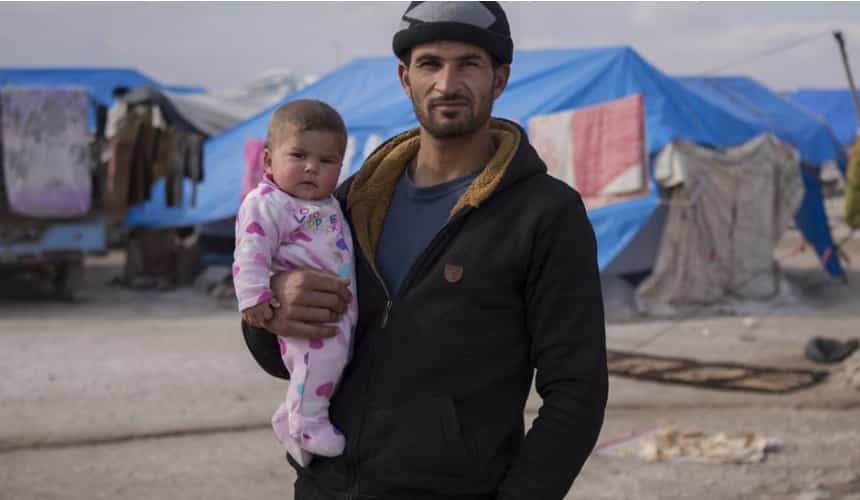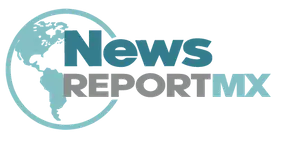Universal health coverage (UHC)
At least half of the world’s population still do not have full coverage of essential health services.

What is UHC?
UHC means that all individuals and communities receive the health services they need without suffering financial hardship. It includes the full spectrum of essential, quality health services, from health promotion to prevention, treatment, rehabilitation, and palliative care.
UHC enables everyone to access the services that address the most significant causes of disease and death, and ensures that the quality of those services is good enough to improve the health of the people who receive them.
Protecting people from the financial consequences of paying for health services out of their own pockets reduces the risk that people will be pushed into poverty because unexpected illness requires them to use up their life savings, sell assets, or borrow – destroying their futures and often those of their children.
Achieving UHC is one of the targets the nations of the world set when adopting the Sustainable Development Goals in 2015. Countries that progress towards UHC will make progress towards the other health-related targets, and towards the other goals. Good health allows children to learn and adults to earn, helps people escape from poverty, and provides the basis for long-term economic development.
What UHC is not
There are many things that are not included in the scope of UHC:
- UHC does not mean free coverage for all possible health interventions, regardless of the cost, as no country can provide all services free of charge on a sustainable basis.
- UHC is not just about health financing. It encompasses all components of the health system: health service delivery systems, the health workforce, health facilities and communications networks, health technologies, information systems, quality assurance mechanisms, and governance and legislation.
- UHC is not only about ensuring a minimum package of health services, but also about ensuring a progressive expansion of coverage of health services and financial protection as more resources become available.
- UHC is not only about individual treatment services, but also includes population-based services such as public health campaigns, adding fluoride to water, controlling mosquito breeding grounds, and so on.
- UHC is comprised of much more than just health; taking steps towards UHC means steps towards equity, development priorities, and social inclusion and cohesion.
How can countries make progress towards UHC?
Many countries are already making progress towards UHC. All countries can take actions to move more rapidly towards it, or to maintain the gains they have already made. In countries where health services have traditionally been accessible and affordable, governments are finding it increasingly difficult to respond to the ever-growing health needs of the populations and the increasing costs of health services.
Moving towards UHC requires strengthening health systems in all countries. Robust financing structures are key. When people have to pay most of the cost for health services out of their own pockets, the poor are often unable to obtain many of the services they need, and even the rich may be exposed to financial hardship in the event of severe or long-term illness. Pooling funds from compulsory funding sources (such as mandatory insurance contributions) can spread the financial risks of illness across a population.
Improving health service coverage and health outcomes depends on the availability, accessibility, and capacity of health workers to deliver quality people-centred integrated care. Investments in quality primary health care will be the cornerstone for achieving UHC around the world. Investing in the primary health care workforce is the most cost-effective way to ensure access to essential health care will improve. Good governance, sound systems of procurement and supply of medicines and health technologies and well-functioning health information systems are other critical elements.
What is primary health care?
Primary health care is an approach to health and wellbeing centred on the needs and circumstances of individuals, families and communities. It addresses comprehensive and interrelated physical, mental and social health and wellbeing.
It is about providing whole-person care for health needs throughout life, not just treating a set of specific diseases. Primary health care ensures people receive comprehensive care, ranging from promotion and prevention to treatment, rehabilitation and palliative care as close as feasible to people’s every day environment.
WHO has developed a cohesive definition of primary health care based on three components:
- ensuring people’s health problems are addressed through comprehensive promotive, protective, preventive, curative, rehabilitative, and palliative care throughout the life course, strategically prioritizing key system functions aimed at individuals and families and the population as the central elements of integrated service delivery across all levels of care;
- systematically addressing the broader determinants of health (including social, economic, environmental, as well as people’s characteristics and behaviours) through evidence-informed public policies and actions across all sectors; and
- empowering individuals, families, and communities to optimize their health, as advocates for policies that promote and protect health and wellbeing, as co-developers of health and social services through their participation, and as self-carers and care-givers to others.
Primary health care is the most efficient and cost effective way to achieve universal health coverage around the world.
To meet the health workforce requirements of the Sustainable Development Goals and universal health coverage targets, over 18 million additional health workers are needed by 2030. Gaps in the supply of and demand for health workers are concentrated in low- and lower-middle-income countries. The growing demand for health workers is projected to add an estimated 40 million health sector jobs to the global economy by 2030. Investments are needed from both public and private sectors in health worker education, as well as in the creation and filling of funded positions in the health sector and the health economy.
UHC emphasizes not only what services are covered, but also how they are funded, managed, and delivered. A fundamental shift in service delivery is needed such that services are integrated and focused on the needs of people and communities. This includes reorienting health services to ensure that care is provided in the most appropriate setting, with the right balance between out- and in-patient care and strengthening the coordination of care. Health services, including traditional and complementary medicine services, organized around the comprehensive needs and expectations of people and communities will help empower them to take a more active role in their health and health system.
Can UHC be measured?
Yes. Monitoring progress towards UHC should focus on 2 things:
- The proportion of a population that can access essential quality health services.
- The proportion of the population that spends a large amount of household income on health.
Together with the World Bank, WHO has developed a framework to track the progress of UHC by monitoring both categories, taking into account both the overall level and the extent to which UHC is equitable, offering service coverage and financial protection to all people within a population, such as the poor or those living in remote rural areas.
WHO uses 16 essential health services in 4 categories as indicators of the level and equity of coverage in countries:
Reproductive, maternal, newborn and child health:
- family planning
- antenatal and delivery care
- full child immunization
- health-seeking behaviour for pneumonia.
Infectious diseases:
- tuberculosis treatment
- HIV antiretroviral treatment
- Hepatitis treatment
- use of insecticide-treated bed nets for malaria prevention
- adequate sanitation.
Noncommunicable diseases:
- prevention and treatment of raised blood pressure
- prevention and treatment of raised blood glucose
- cervical cancer screening
- tobacco (non-)smoking.
Service capacity and access:
- basic hospital access
- health worker density
- access to essential medicines
- health security: compliance with the International Health Regulations.
Each country is unique, and each country may focus on different areas, or develop their own ways of measuring progress towards UHC. But there is also value in a global approach that uses standardized measures that are internationally recognized so that they are comparable across borders and over time.
WHO role
UHC is firmly based on the 1948 WHO Constitution, which declares health a fundamental human right and commits to ensuring the highest attainable level of health for all.
WHO is supporting countries to develop their health systems to move towards and sustain UHC, and to monitor progress. But WHO is not alone: WHO works with many different partners in different situations and for different purposes to advance UHC around the world.
Some of WHO’s partnerships include:
- UHC2030
- Alliance for Health Policy and Systems Research
- P4H Social Health Protection Network
- European Union-Luxembourg-WHO Partnership for UHC
- Primary Health-Care Performance Initiative
On 25–26 October 2018, WHO in partnership with UNICEF and the Ministry of Health of Kazakhstan hosted the Global Conference on Primary Health Care, 40 years after the adoption of the historic Declaration of Alma-Ata. Ministers, health workers, academics, partners and civil society came together to recommit to primary health care as the cornerstone of UHC in the bold new Declaration of Astana. The Declaration aims to renew political commitment to primary health care from governments, non-governmental organizations, professional organizations, academia and global health and development organizations.
All countries can do more to improve health outcomes and tackle poverty, by increasing coverage of health services, and by reducing the impoverishment associated with payment for health services.













